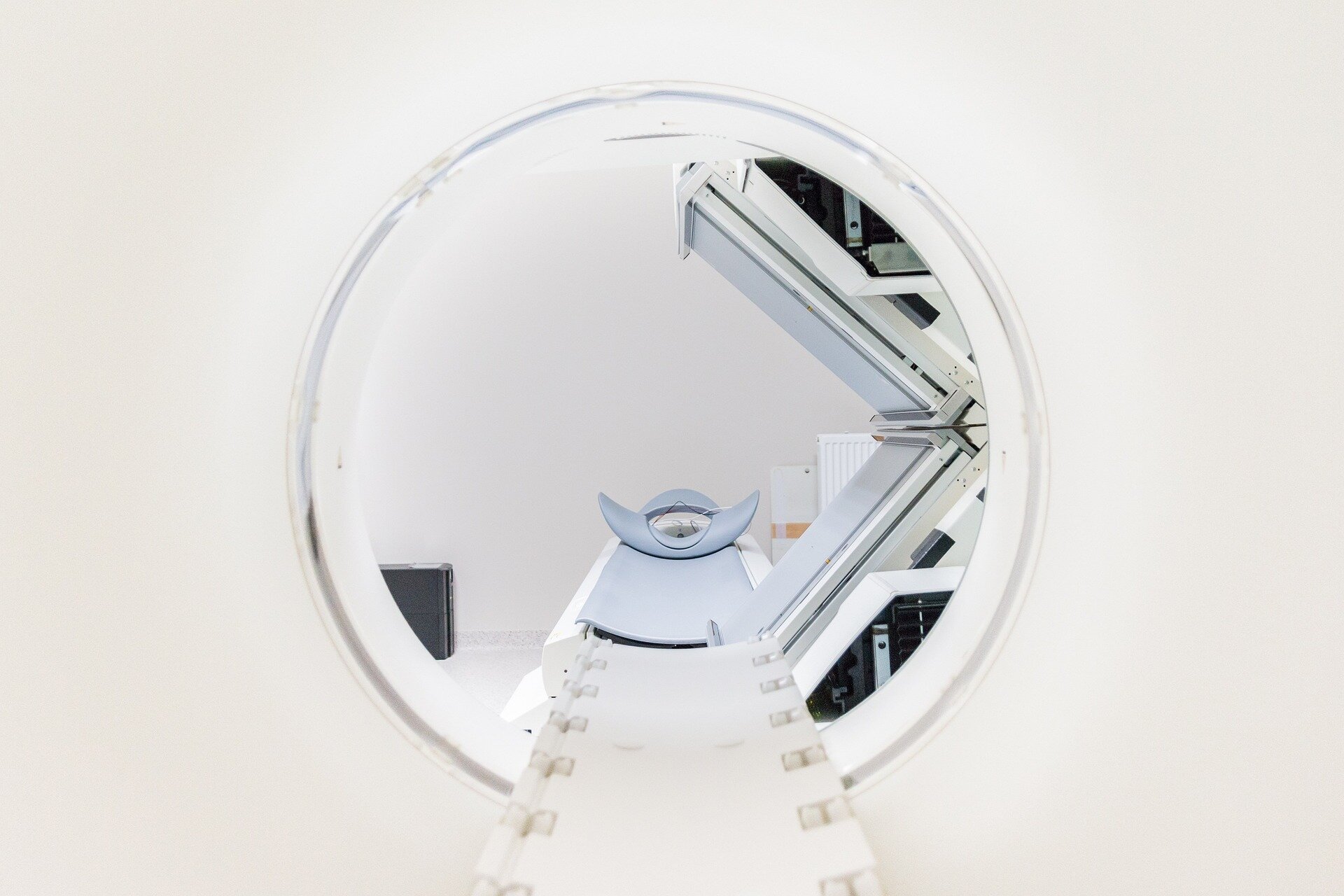Credit: Pixabay/CC0 public domain
AI detects prostate cancer more often than radiologists. In addition, AI triggers false alarms half as often. This is evident from an international study coordinated by Radboud university medical center published in The Lancet Oncology. This is the first large-scale study in which an international team transparently evaluates AI and compares it with radiologists’ assessments and clinical results.
Radiologists are facing an increasing workload as men at higher risk for prostate cancer now routinely undergo prostate MRI. Diagnosing prostate cancer with MRI requires significant expertise and there is a shortage of experienced radiologists. AI can help with these challenges.
AI expert Henkjan Huisman and radiologist Maarten de Rooij, project leaders of the PI-CAI study, organized a major competition between AI teams and radiologists with an international team. Together with other centers in the Netherlands and Norway, they provided more than 10,000 MRI scans. They determined in a transparent manner per patient whether there was prostate cancer. They had various groups worldwide develop AI for analyzing these images.
The top five entries were combined into a super algorithm for analyzing MRI scans for prostate cancer. Finally, the AI ratings were compared with those of a group of radiologists on four hundred prostate MRI scans.
Accurate diagnosis
The PI-CAI community brought together more than two hundred AI teams and 62 radiologists from twenty countries. They compared the findings of AI and radiologists not only with each other, but also with a gold standard, as they monitored the outcomes of the men from whom the scans came. On average, the men were followed for five years.
This first international study into AI in prostate diagnostics shows that AI detects almost 7% more significant prostate cancers than the group of radiologists. In addition, AI identifies suspicious areas 50% less often, which later turned out not to be cancer. This means that the number of biopsies can be halved using AI.
If these results are replicated in follow-up studies, it could greatly help radiologists and patients in the future. It could reduce the workload of radiologists, provide more accurate diagnoses and minimize unnecessary prostate biopsies. The developed AI still needs to be validated and is currently not available for patients in a clinical setting.
Quality system
Huisman notes that society has little confidence in AI. “This is because manufacturers sometimes build AI that is not good enough,” he explains. He’s working on two things. The first is a public and transparent test to fairly evaluate AI. The second is a quality management system, similar to what exists in the aviation industry.
“If aircraft are close to colliding, a safety committee will look at how we can improve the system so that this does not happen again in the future. I want the same for AI. I want to research and develop a system that learns from every mistake, so that AI is monitored and can continue to improve. This is how we can build trust in AI for healthcare. Optimal, controlled AI can help make healthcare better and more efficient.
More information:
Artificial intelligence and radiologists in the detection of prostate cancer on MRI (PI-CAI): an international, paired, non-inferiority, confirmatory study, The Lancet Oncology (2024). DOI: 10.1016/S1470-2045(24)00220-1. www.thelancet.com/journals/lan … (24)00220-1/abstract
Quote: AI detects prostate cancer better on MRI than radiologists, study shows (2024, June 12) retrieved on June 12, 2024 from https://medicalxpress.com/news/2024-06-ai-prostate-cancer-mri-radiologists.html
This document is copyrighted. Except for fair dealing purposes for the purpose of private study or research, no part may be reproduced without written permission. The content is provided for informational purposes only.





















